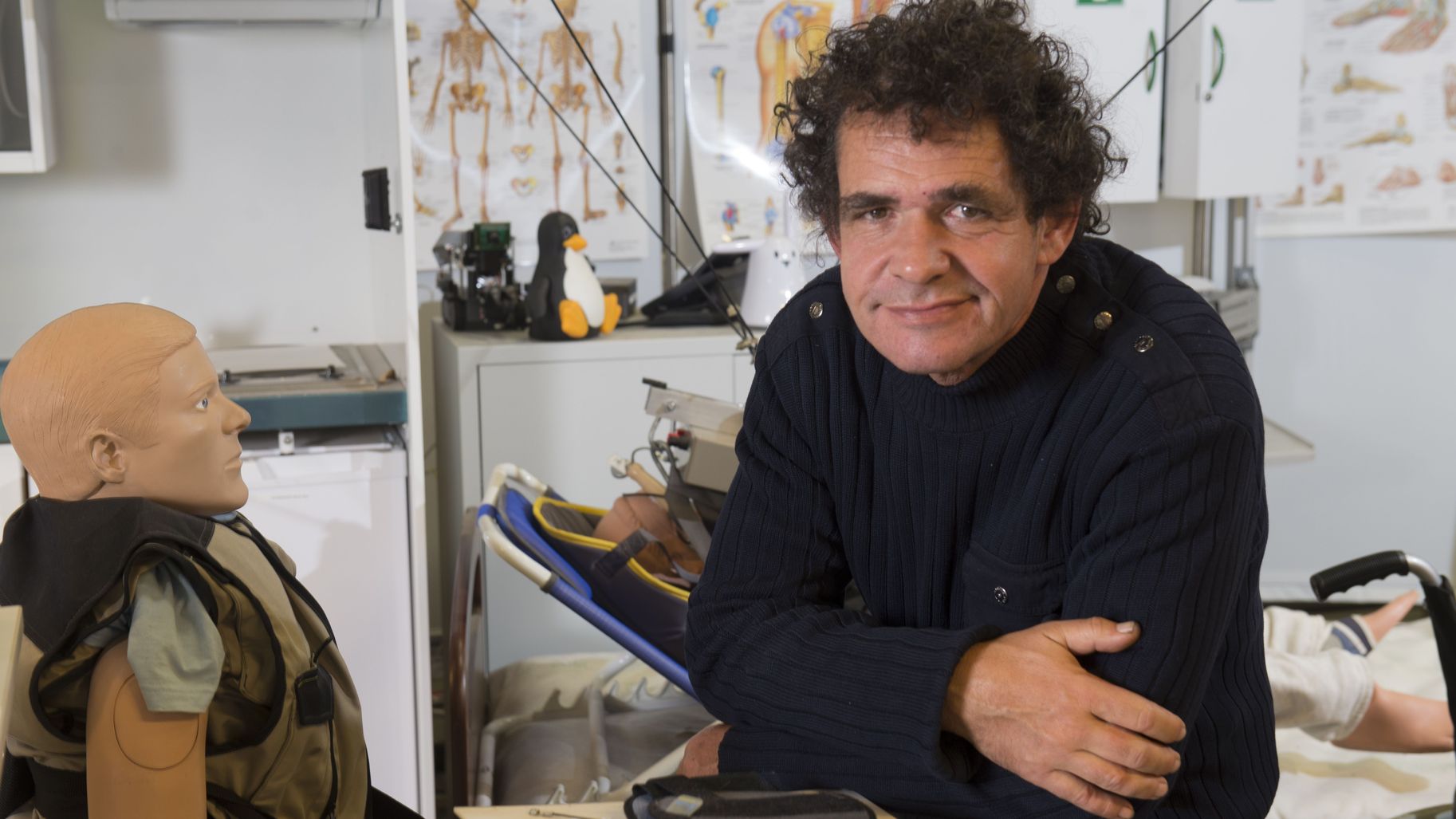
What does your work focus on?
My current research is the result of a long process that started back in 1986. I went off a simple observation that conventional industrial robots, such as mechanical arms, lacked precision and could not lift heavy loads. So I took on the development of an alternative solution – a robotic platform, in contact with the ground via six arms, with the sole capacity of lengthening or shortening. Although the precision and power were well on target, the calculations required to control such a machine turned out to be dauntingly complex. We needed 20 years’ effort for these platforms to be successfully deployed in the industry. Today, for example, they are able to fill a box of 40 chocolates in less than two seconds.
You and your team have found a new direction for your research..
Indeed, parallel to my work in industry, I considered the development of robotic platforms for the elderly and people with disabilities. I wanted to help them maintain their independence in a way, by helping them to stand up from a reclining or sitting position. For me, the future of robotics lies in personal care services. The Hephaistos team was born from this process.
For reasons of space, we chose to use cables to connect the platform (e.g. a harness) to a bracket attached to the ceiling. But we soon realised that the scientific literature on this subject was quite incomplete. A cable can support traction well, but is useless when faced with pressure force. In a system with multiple cables, it is very difficult to assess their condition. After several years of study, we were able to identify what was malfunctioning and find strategies to resolve the problems. We are now entering an experimentation phase with models.
What does the recognition from IEEE mean for you?
It is truly satisfying to be acknowledged by your peers. This international association that only awards theFellowrank to a few members per year. The selection process is very strict and rewards many years of work. Contrary to what sometimes happens in the research world, I chose to dedicate myself to my projects for very long periods of time, to explore every angle and come up with a truly complete solution. And I still have work to do for the next twenty years!
* Institute of Electrical and Electronics Engineers